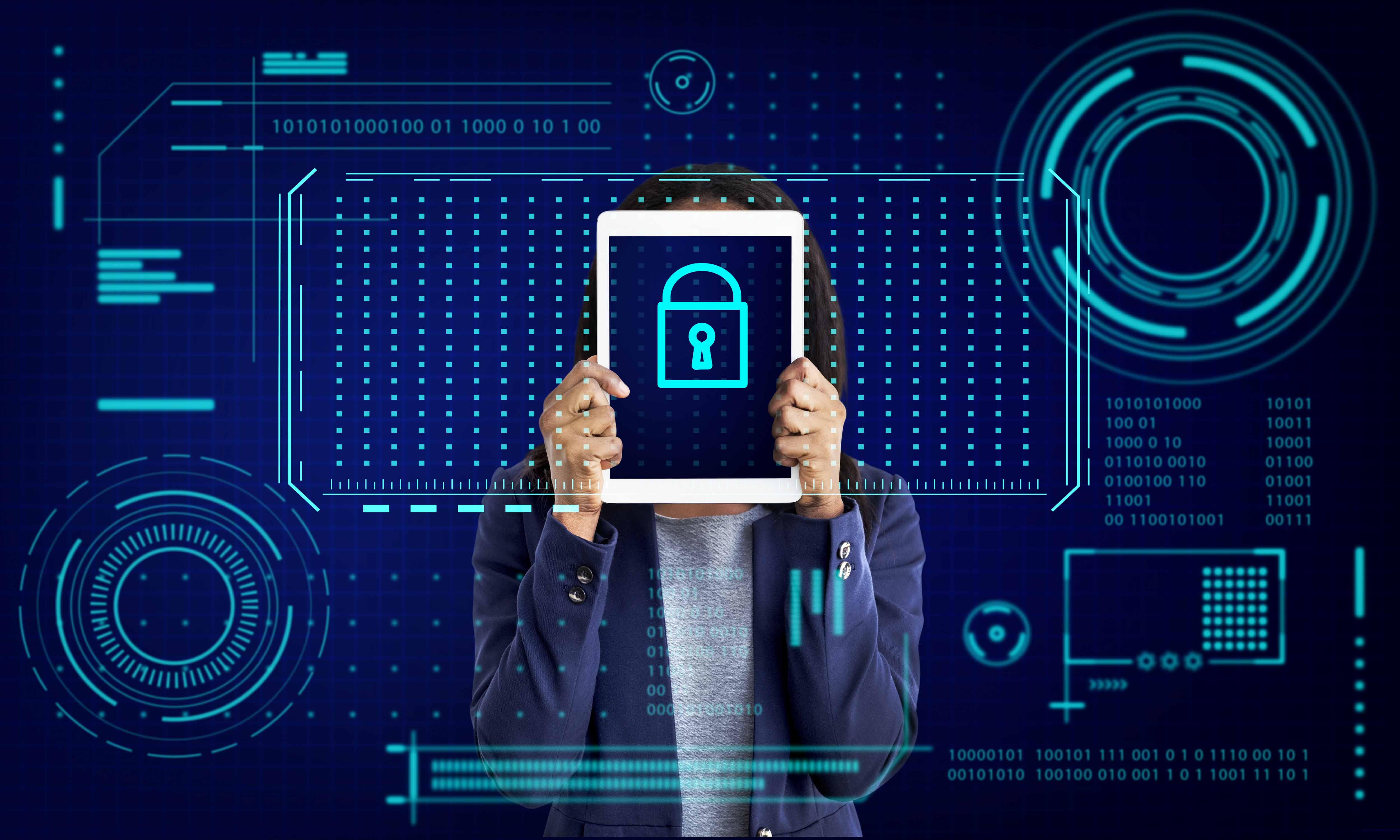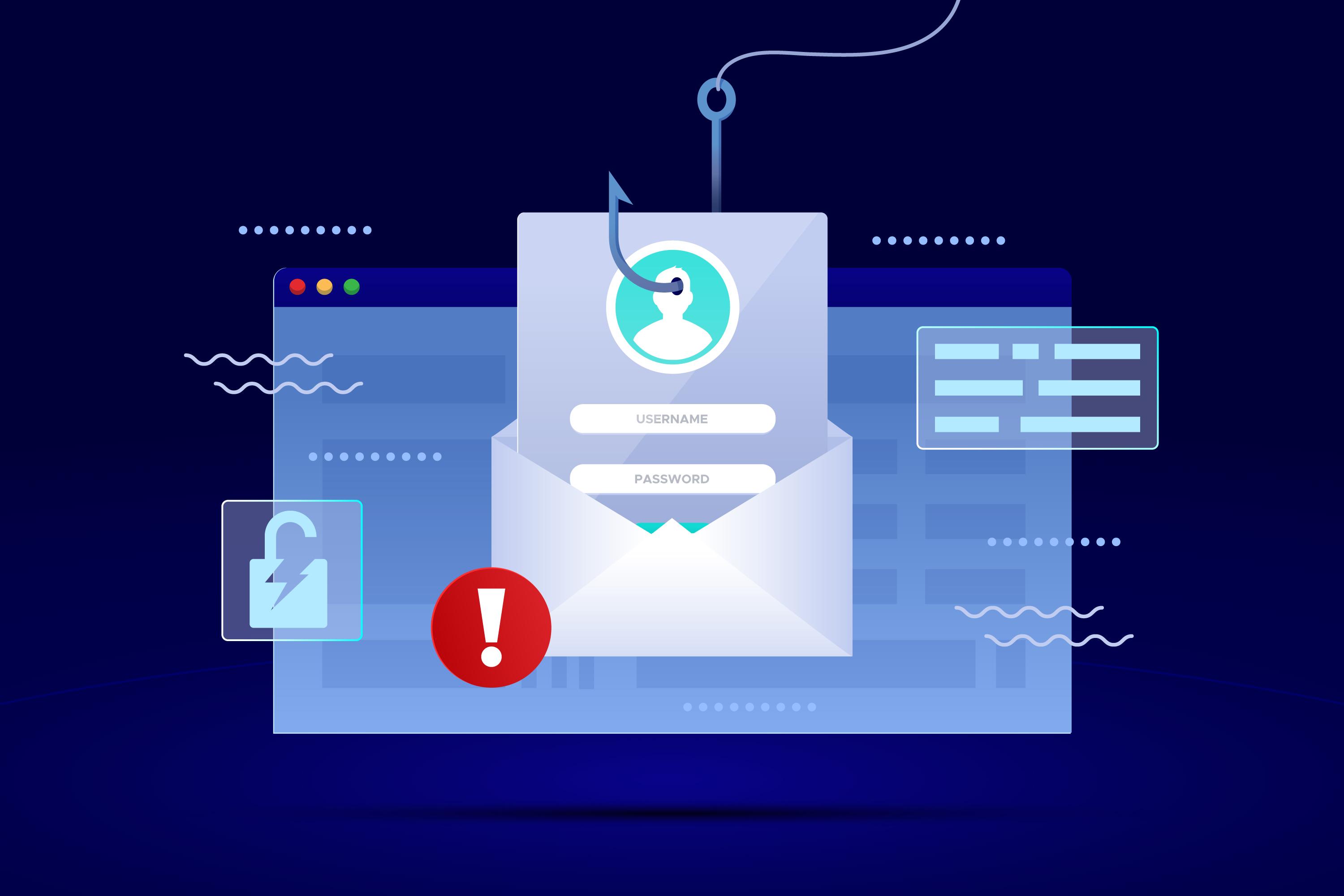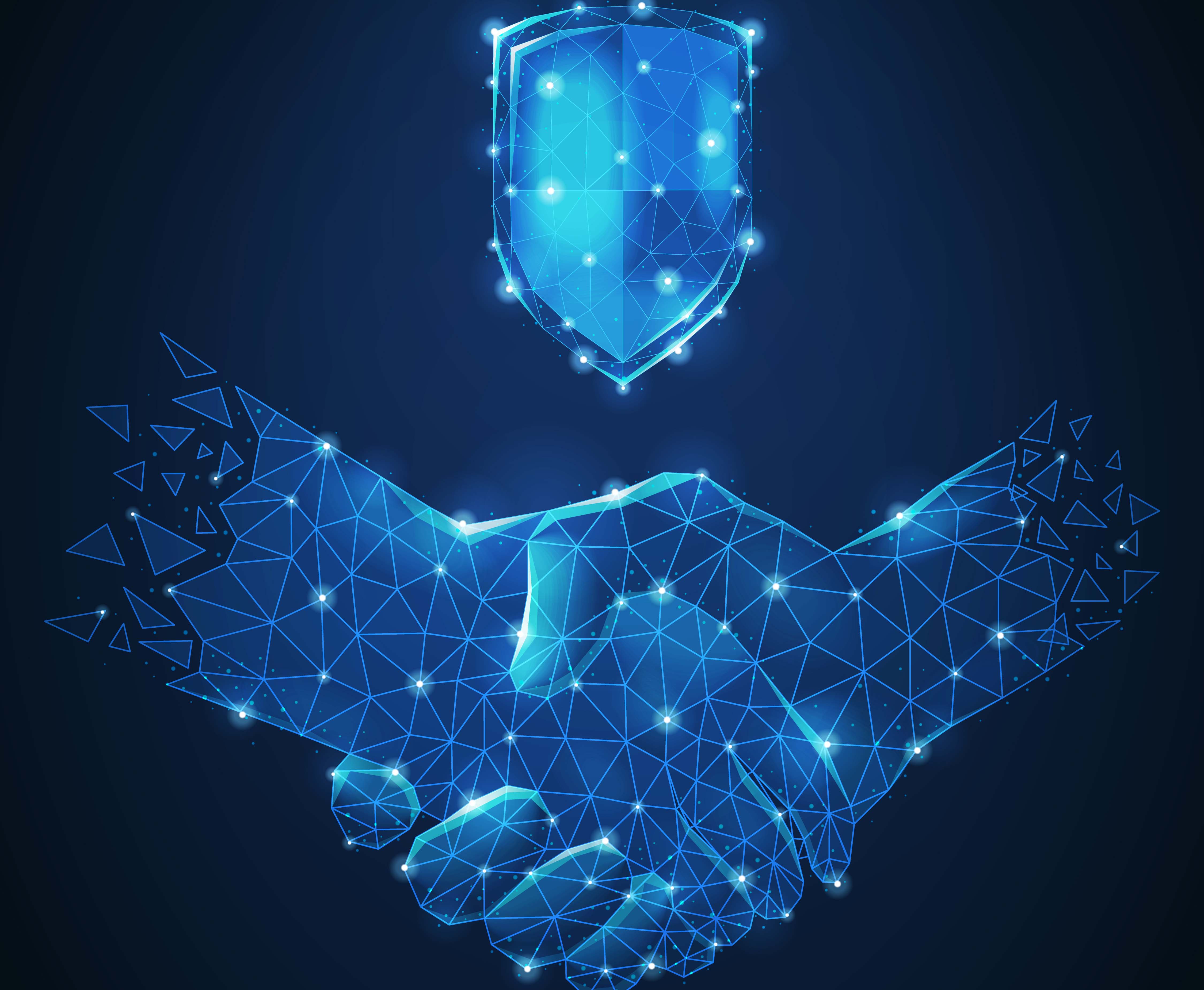
by Rebeca | May 24, 2023 | cloud, cybersecurity, soffid
Protecting your digital identity and ensuring business security is crucial in today’s digital landscape. Identity and access management (IAM) plays a vital role in safeguarding digital experiences and mitigating potential consequences. Here are five essential IAM security practices to protect your company’s digital identity:
Implement robust password policies to prevent security risks associated with weak or reused passwords. Consequences may include data loss, IP theft, and compliance violations.
Use multifactor authentication (MFA) to defend against identity theft attacks. Attackers with password access can infiltrate systems, engage in fraud, and spread malware, leading to reputational damage, customer loss, and financial losses.
Manage privileges properly to prevent employees from gaining unnecessary access or abusing their privileges, which can result in data leaks, internal sabotage, and reputational harm.
Regularly monitor and audit systems to detect malicious activity and suspicious behaviour promptly. Failure to do so can lead to security breaches, exposing confidential data, incurring regulatory penalties, and losing customers.
Stay up-to-date with security patches and updates to avoid known vulnerabilities. Neglecting updates can leave your company susceptible to malware attacks, system compromises, operational disruptions, revenue loss, and damage to your brand’s reputation.
Protecting your company’s digital identity is essential for security and business continuity. By implementing strong IAM security practices, you can mitigate potential consequences such as data loss, reputational damage, and financial losses. Don’t overlook the importance of safeguarding your digital identity in today’s digital landscape.
Soffid is a converged IAM platform that will help you implement everything necessary to keep your company safe.
Shall we talk?
(1) readwrite.com

by Rebeca | May 10, 2023 | cloud, Customer, Definitions
Protecting against Phishing: How Companies Can Stay Safe
Phishing is becoming an increasingly common threat. In this post, we explain in more detail what it is and how hackers access companies’ confidential information. We will also look at ways companies can protect themselves against this type of attack, and how Soffid can help companies and organizations stay safe.
What is Phishing?
Phishing is a type of cyber-attack in which hackers try to deceive users into revealing confidential information, such as passwords or credit card numbers. These attacks are often carried out through fraudulent emails that appear legitimate, and that contain links or attachments that download malicious software onto users’ devices.
Which types of companies are affected by phishing and how do hackers access information?
Phishing can affect any company, regardless of its size or sector. Hackers often target companies that store valuable information, such as customer personal data or financial information. If a successful attack occurs, they can access this information and use it for fraud, identity theft, or extortion.
Cybercriminals send fraudulent emails or messages that appear to be from trusted sources, such as banks or social networks, to lead users to fake websites. There, they enter their credentials, giving access to their personal and financial information. They can also send malicious attachments that download malware. Another common way is through phone calls, text messages, or social media, in which they impersonate legitimate institutions and request information.
How can we protect ourselves?
It is essential for companies to protect themselves against these attacks. Monitoring and analysing emails to detect suspicious patterns, filtering emails, and educating employees about the risks of phishing are some of the implementations that must be carried out. Other important measures include installing cybersecurity tools, such as firewalls and antivirus software.
At Soffid, we want to help protect companies’ data with complete security solutions. Discovery our convergent platform.
Shall we talk?
(1) Gov UK

by Rebeca | Feb 23, 2022 | cybersecurity, Resources, soffid
Cybersecurity has become much more complicated in recent years and that affects the digital trust of a company. The days when antivirus software and a network firewall were enough to get the job done are behind us. In the past, many IT professionals were very good at defending the perimeter to keep digital assets safe. But in today’s IT environment, such a perimeter does not exist.
Digital Trust in companies and its importance
With the rise of cloud computing, DevOps, the IoT and employees accessing systems with an array of devices from all over the world, the network “perimeter” has become difficult to define. In response, companies are shifting their attention to authentication. In response, companies are shifting their attention to authentication. Companies are moving away from traditional perimeter security methods in favor of strong identity-centric technology. As well as choosing digital certificates instead of public key infrastructure (PKI).
2021 was another memorable year. In fact, many organizations create remote processes in response to the pandemic. That’s why he spent this past year optimizing and hardening his systems. In this way they can guarantee a positive and safe experience for their client.
However, with identity theft, payment fraud, phishing, and other financial crimes at an all-time high, the work of digital security is never done. In an era of ever-present digital threats that can undermine and erode stakeholder trust, organizations should invest to earn “digital trust”. That is, protect their data and information from fraud and bad actors to safeguard their relationships, reputation, and revenue. This task could be more difficult than ever before as technology and the threats to digital trust it enables continue to evolve.
Requirements and details about digital trust and its importance
The stakes are high and any misstep can affect customer loyalty. In addition to negatively changing financial performance, brand value and ultimately undermining an organization’s ability to build and maintain trust. Surveys suggest that 81% of consumers lose trust in a brand after a breach. While 25% stop interacting with it altogether. The pandemic accelerated the move to digital work infrastructures. This drove spending on emerging technology security strategies and solutions.
It is important to note that addressing digital trust must include an end-to-end interdisciplinary approach between people. As well as between processes, governance and regulation, with technology being a key enabler. In this study, we focus on advanced technology enablers that organizations can explore, over and beyond existing cyber measures, to enhance digital trust.
Chief security officers should play a key role in building trust with customers, and that translates to better customer acquisition, greater customer loyalty, and more revenue.
Digital trust is the measure of consumer, partner and employee confidence in an organization’s ability to protect and secure data and the privacy of individuals. As data breaches become bigger and more common, digital trust can be a valuable commodity for companies that earn it, and it is starting to change the way management looks at security.
How to build trust with customers
Building trust is no simple task. As well as doing the normal security tasks of implementing the right technologies and processes to ensure good security posture, organizations need to communicate.
To help build trust, he says organizations need to be upfront and transparent with their customers. They should clearly explain what they are doing with data and why, be clear what data is being collected and what it will be used for, and explain what security steps and processes are in place to ensure it remains secure.
Final words about digital trust
For example, using multifactor authentication (MFA) is good security practice, but communicating why a customer is being asked to provide extra authentication during a transaction or process helps build that trust. “It’s important that a company demonstrates to their customers why they’re putting extra layers of security; say ‘we’re doing this because’ as opposed to ‘we’re doing this’.”
References:
(1) Deloitte
(2) security Solution
(3) Solution Review
Picture:
Foto de Negocios creado por rawpixel.com – www.freepik.es

by Rebeca | Apr 28, 2021 | cybersecurity, News
Today’s network-dependent organization faces an array of challenges and threats. Information and its critical role manifest in many different ways and formats, and are subject to countless outlets for distribution and sharing. Organizations find themselves balancing several factors.
- How do you properly manage and protect the information within the confines of an organization’s best interest and regulatory environment while still taking advantage of new and disruptive technologies?
- How do you address not only risks on the edges of the next technological advance but also within the core fundamentals of information technology management? There are daily challenges behind the mundane tasks of managing a modern information technology environment.
While trust is a major element in cyber security, it can’t be assumed completely. Here are some ways to evaluate trust in your organization so you can make adjustments as needed.
Evaluate How Your Business Assumes Trust
People with cyber security contract jobs will almost always suggest limiting access to only certain users who need the information to do their jobs. By allowing any given user access to the information they don’t necessarily need, you’re assuming trust that they won’t use the information maliciously. Professionals with a cyber security career will evaluate this assumption of trust throughout the organization in order to evaluate the possible risks and consequences. Many times access controls have to be implemented if there’s the potential for a major data breach.
Determine Your Risk Levels
Once your assumptions of trust are evaluated, you have to determine what risks you’re willing to take. If all employees have access to confidential financial or business information, what could possibly go wrong? Most of the time the list of cons is much longer than the list of pros, so hiring people for cyber security contract jobs to limit access is typically the best option. Some risks aren’t worth taking, no matter how much you want to trust your employees.
Cyber Security Education is Invaluable
We’ve talked a lot about not necessarily trusting employees with confidential information, but one thing you can do to build trust, even more, is offering cyber security education. Employees may not know the ramifications of every action they take online. People with cyber and network security jobs can educate them on what can happen in different situations and how the results directly impact them. Whether you trust your employees currently or not, educating them on cyber security is invaluable for giving you peace of mind if nothing else.
In conclusion, the Internet population, network-connected devices, and threats equal to, and perhaps exceed, our dependence on the modern network. In order to continue prospering from the use of this technology, the all organizations must address this challenge. Soffid is a natural partner in any enterprise cybersecurity strategy, because the network platform plays an important role in this environment. For your organization to keep pace with the dynamic environment, you must learn to use the network to achieve trust, gain visibility, and provide resiliency in your enterprise.
Sources:
(1) Researchgate.com
(2) Information Security





